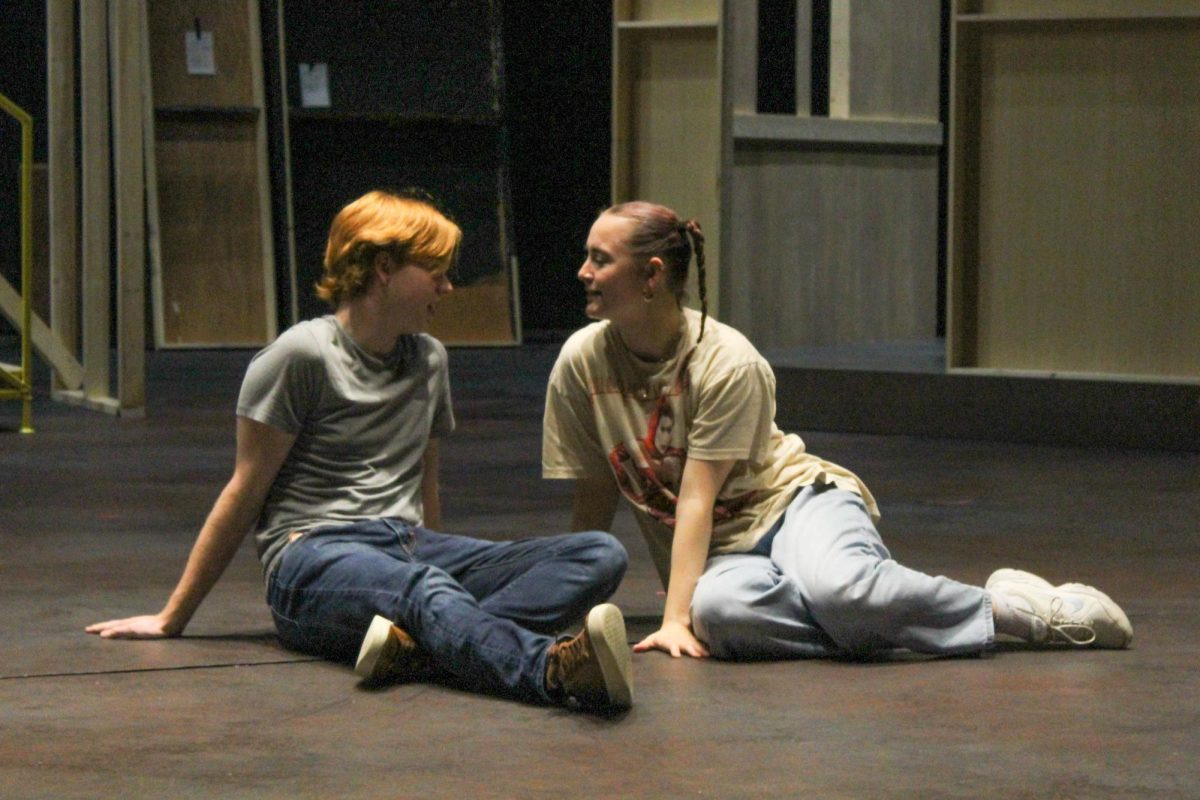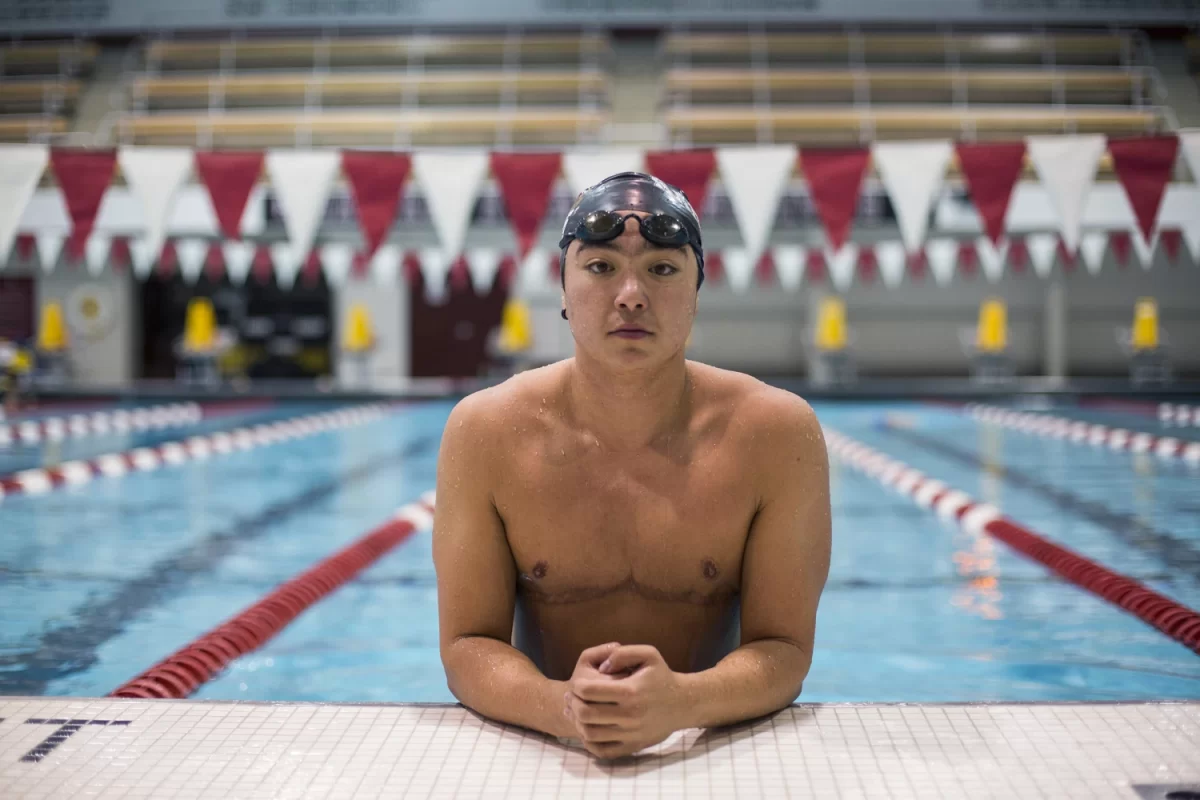Molly O’Connor/Winonan
Winona State’s global studies and world languages associate professor Juan Fernandez presented at the Athenaeum on March 27, as he discussed the change and evolution of higher education and its parallels to the changes made to educational and personal spaces on campus.
“Spaces themselves are agents for change.” Fernandez said. “Changed spaces will change practice. With the concept of episteme, certain values were explored with residual, mainstream and Avant garde values in the colleges.”
To begin the discussion, Fernandez gave historical background on how Winona State’s campus had evolved over the course of its existence, as well as other universities in general.
Fernandez explained how colleges were influenced by European cultures, and this was often showcased in regards to school mottos and ideologies when it came to methods of teaching.
“When the United States was founded, all across college campuses was the influence of Enlightenment, seeing restoration and moving towards reform,” Fernandez said. “At the same time, people were aiming towards a sense of permanence and community.”
The influential Northern European presence at Winona State revolved around the idea and morality of Enlightenment, classical teaching methods of Ovid and how it ties into the desire that a campus would be surrounded by nature.
While Winona State is not surrounded by an abundance of nature, Fernandez gave the example of how Saint Mary’s University still displays that Ovid concept of how important nature was for the college space to create a comforting and natural space and environment.
Fernandez also mentioned how plans to move the entire Winona State campus to Garvin Heights were almost taken into complete effect, showing an illustrated photo of a large school with a drawbridge leading to the front door.
Classrooms were seen as a space for privileged educators and the most intelligent students. Desks that were placed in classrooms in the early years of Winona State’s existence were bolted to the floors, something that Fernandez suggested that was an attempt to give the university the ideal sense of “permanence.”
As history changed for universities as a whole, Fernandez gave examples of how spaces within the campus also evolved over the 1900s to the present day.
“It was in the 60s that there was a sense of decentering,” Fernandez said. “Such as the library: once centered around books, seen as an icon of education, the library was a focal point for the learning experience. It was a depot of knowledge.
Nowadays, it is less of a depot and more of a hub for IT access, flexible spaces and is group oriented.”
Another part of campus history that evolved was the residence halls.
Up until the 60s, residence halls were completely segregated between men and women, with several all-female halls and only one male hall. Night hours, study hours and visiting hours were given strict curfews that were mandatory to respect.
From the 60s and beyond, residence halls began to expand and males and females could begin to coexist in the same buildings.
Fernandez concluded the presentation by presenting photos of how Winona State’s campus had evolved, as had the teaching styles. The idea of creating ideal spaces still exist today, and how “space, whether physical or virtual can have an impact in learning. It can bring people together, whether it is an educational or personal space,” he said.
Contact Molly at [email protected]


































































